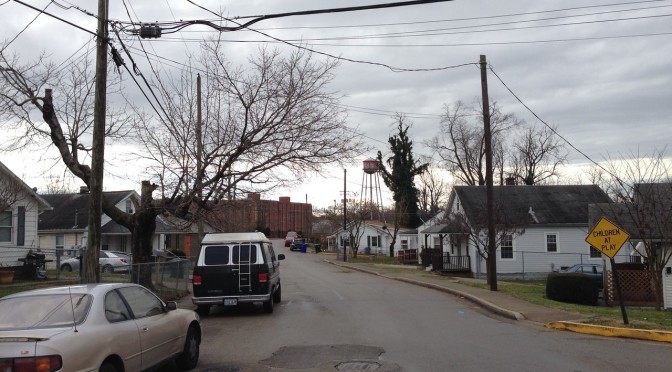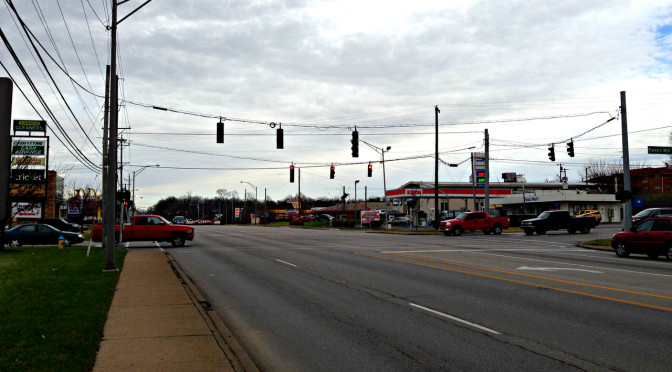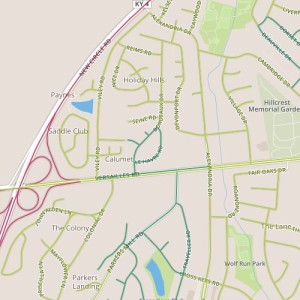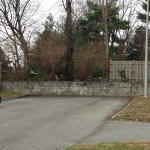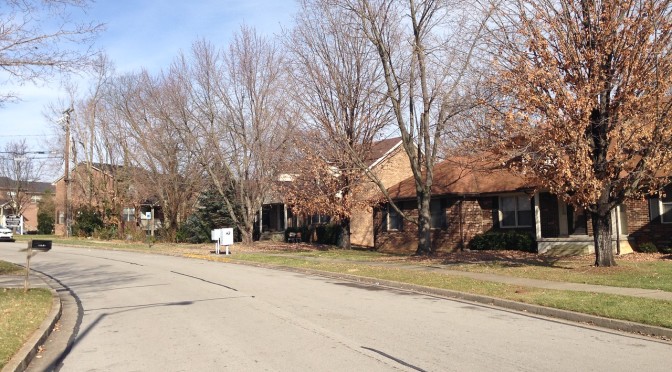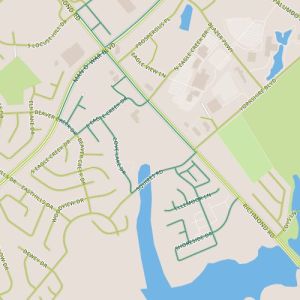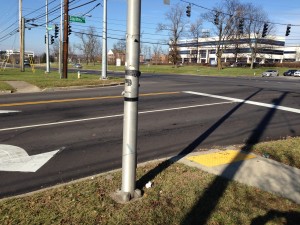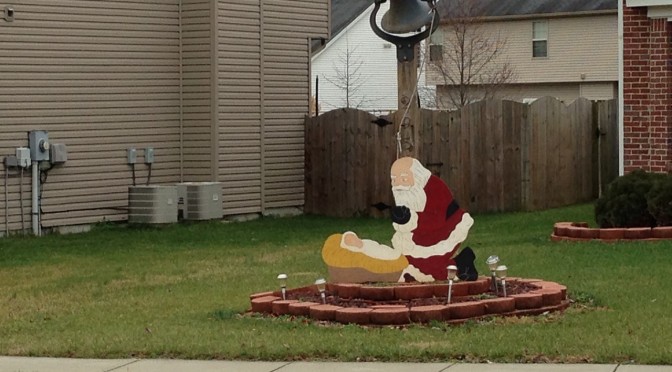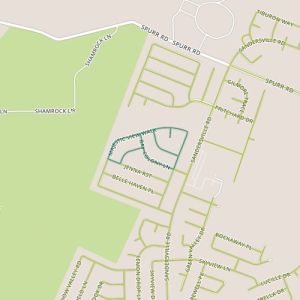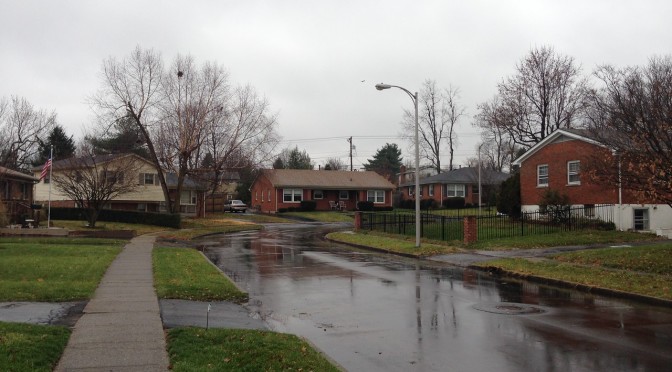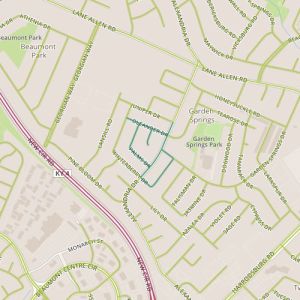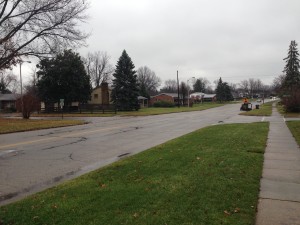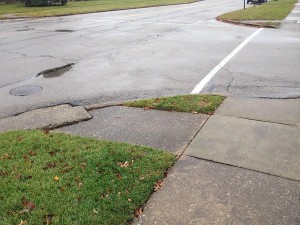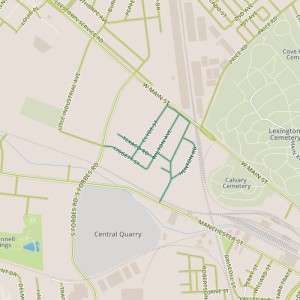 Today’s walk focused on the Melrose Park neighborhood next to Manchester road, near the distillery district. This neighborhood seems to have been built out in the 1930’s and 40’s, and simple frame houses from the 40’s dominate. The neighborhood is also sandwiched between the railroad tracks and industrial areas along Manchester and an elevated portion of Main street, perhaps isolated in a similar fashion as the area I visited on Days 23 and 69.
Today’s walk focused on the Melrose Park neighborhood next to Manchester road, near the distillery district. This neighborhood seems to have been built out in the 1930’s and 40’s, and simple frame houses from the 40’s dominate. The neighborhood is also sandwiched between the railroad tracks and industrial areas along Manchester and an elevated portion of Main street, perhaps isolated in a similar fashion as the area I visited on Days 23 and 69.
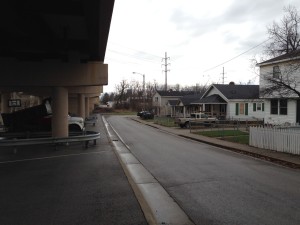
My favorite part of this walk was the section along Old Main street, past houses that surely predate the elevated Main street. What a kick in the pants to have faced Main Street, only to have it replaced with a concrete pier. Yet these buildings have escaped, obstinately continuing to exist and looking good.
This neighborhood appears to be pretty stable but is in an area that is one of the more dynamic I’ve found in Lexington, if not specifically in terms of activity on the ground, then at least in terms of activity on paper. The Lexington Distillery District was approved as a Tax Increment Financing district, though the application was later withdrawn. A number of up-and-coming businesses have moved into the area recently, though the area seems to have pinned its hopes on the success of a music venue, Buster’s Backroom, which recently closed its doors.
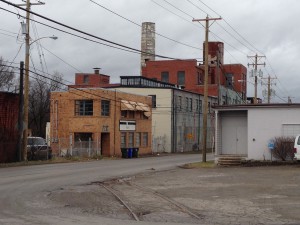
Though this is a setback to the district, 2014 was a good year for the Town Branch Trail, which proponents hope to extend from Masterston Station Park, past McConnell Springs, through the district and into downtown Lexington. Funding for a significant portion of the project has been promised by the governor. All in all, this reminds me of a Lexington-sized version of The Flats in Cleveland, which appeared poised to turn into a nationally recognized entertainment district before fizzling in the early 2000’s. The elements are mostly there, but there isn’t enough (yet) to build a critical mass.
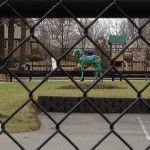
So what does this dynamism mean for Melrose Park? Specifically, could development, under the guise of cleaning blight, ultimately destroy the current character of the neighborhood? Simply because the area already seems to draw off the existing industrial areas around it and because the kinds of businesses that are doing well are pretty blue-collar, I would say it is safe.
